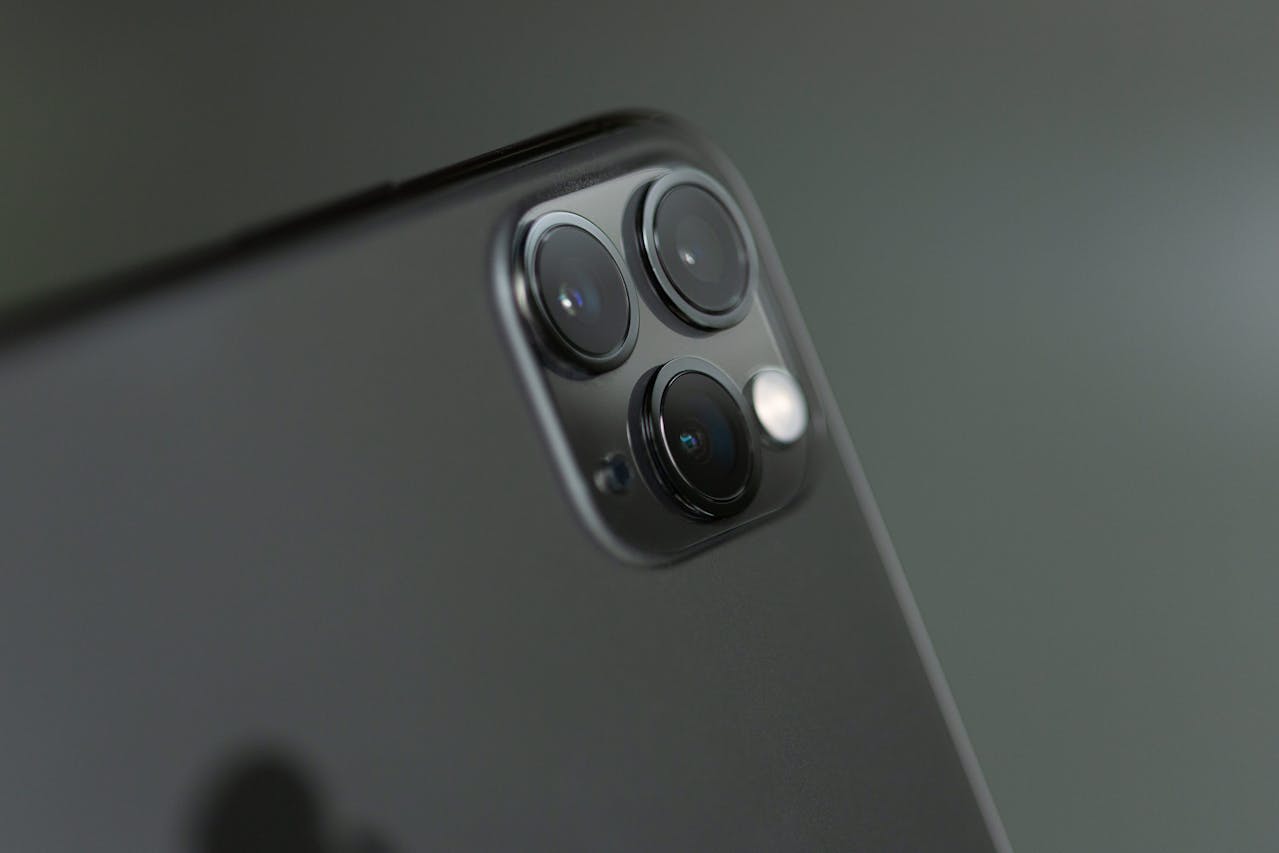Understanding the Art and Science of Botox: A Comprehensive Guide
For many, the quest for ageless beauty is a never-ending journey. In recent years, one particular method has gained considerable traction for its ability to turn back the clock on aging: Botox. Known medically as Botulinum toxin, Botox has become a household name, synonymous with a more youthful appearance. However, beyond its cosmetic applications, Botox's versatility extends to various medical conditions, making it a fascinating substance worth knowing more about.

Botox: A Brief Historical Overview
The story of Botox is intriguing, as it involves a deadly bacterium transformed into a powerful tool for beauty and health. Derived from the bacterium Clostridium botulinum, Botulinum toxin was first identified in the 19th century but was not purified until the mid-20th century. Initially, it was used to treat a variety of medical conditions, including muscle spasms and migraines.
Its cosmetic potential was discovered accidentally in the late 1980s by an eye doctor treating patients for eye twitching. The doctor noticed that Botox injections not only resolved the muscle spasms but also smoothed the wrinkles around the patients’ eyes. This observation paved the way for the explosion of Botox use in cosmetic medicine.
The Science Behind Botox: How It Works
In simple terms, Botox works by blocking nerve signals in the muscles where it is injected. Without these signals, the muscle can no longer contract, leading to a temporary relaxation and softening of wrinkles. This mechanism of action makes Botox an effective treatment for dynamic wrinkles, which are wrinkles that form due to repeated muscle contractions, such as frown lines and crow’s feet.
Botox in the Beauty Industry: Current Trends and Reception
In the realm of beauty and aesthetics, Botox is widely accepted as a reputable and safe treatment, gaining popularity among a wide demographic. From celebrities to everyday individuals, many people are turning to Botox as a means of maintaining a younger-looking appearance without undergoing invasive surgery.
A trend known as “preventative Botox” is also on the rise, especially among younger adults. This involves using Botox before significant wrinkles form, with the idea that preventing muscle contractions will stop the formation of dynamic wrinkles in the first place.
However, it’s important to note that, like any medical procedure, Botox comes with potential risks and side effects. Therefore, it’s crucial to receive treatments from qualified professionals and have a thorough understanding of the procedure.
Botox Beyond Beauty: Medical Applications
While Botox is most commonly associated with cosmetic procedures, it has a diverse range of medical applications. For example, Botox has been used to treat conditions involving overactive muscles, such as strabismus (crossed eyes), blepharospasm (uncontrolled blinking), and hyperhidrosis (excessive sweating).
Moreover, Botox has demonstrated effectiveness in managing chronic migraines. By blocking nerve signals that lead to muscle contractions, Botox can reduce the frequency and severity of migraines, offering relief to those who suffer from this debilitating condition.
Looking Ahead: The Future of Botox
As research continues to uncover new potential uses for Botox, its role in both the cosmetic and medical fields is likely to expand. Innovations in delivery methods, such as topical Botox creams and patches, are also being explored, potentially offering a less invasive way to administer Botox treatments in the future.
In conclusion, Botox is more than just a cosmetic tool; it’s a powerful substance with a multitude of applications. Its transformation from a deadly toxin to a beloved beauty treatment is a testament to the remarkable interplay between science, medicine, and the pursuit of beauty. Whether you’re considering Botox for its cosmetic or medical benefits, understanding its history, how it works, and its potential uses can help you make an informed decision. Botox’s story is far from over, and it will be fascinating to see where science takes it next.




